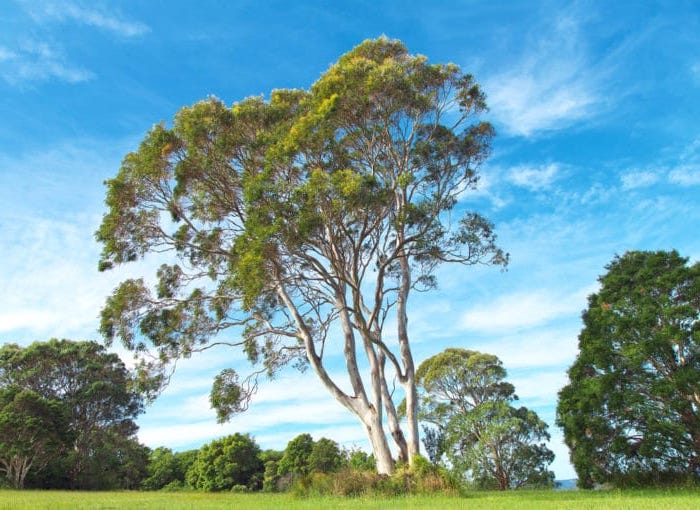The Eucalyptus In Sardinia 0 Commentaires

When the Carthaginians, in great expansion, invaded Sardinia with their armies from the sixth to the third century BC, the malaria anopheles also arrived from Africa, which constrained the population to a difficult secular coexistence with malaria up to last century. The progressive deforestation and the consequent desertion of the coast by the population, which escaped the invasions by retreating towards the interior of the island, favoured the malaria spreading, especially in the ponds where the Pink Flamingos spend Winter season .
In the modern age also, deforestation continued and the Green Island, so rich in vegetation, was heavily deforested within a couple of centuries, to provide coal for industries and rail sleepers for the Italian railways. Gramsci, an Italian journalist, wrote in the Avanti newspaper in 1919: “Sardinia Island was literally razed to the ground as if by a barbarian invasion. Forests fell. Which regulated the island climate and the average of the atmospheric precipitations. We inherited today's Sardinia, alternating long arid seasons and flooded showers.".
However, no railway was made in Sardinia where the swampy areas made its construction difficult. After the unification of Italy, however, the agriculture minister realised that the worst type of malaria, Plasmodium Falciparum, caused an average of two thousand victims a year in Sardinia, therefore it was necessary to reclaim the swampy areas.
There was a tree that could be of high valuable aid in the reclamation of swampy areas: The Eucalyptus. In fact, at the beginning of the mid-1900s many Eucalyptus trees were planted in Sardinia, due to its properties of draining the soil, as a plant is able to absorb 200-300 litres of water per day, subtracting the marshy habitat from the malarial Anopheles and also reclaiming the air with the balsamic oils of which it is rich. It is an evergreen tree that can grow up to 30 metres in height, originally from Australia and widespread in Europe more than a century ago. It is a vigorous plant and can serve as a windbreak, which is precious on the very windy island. It grows fast and therefore can become a valid resource of wood and cellulose.
The Eucalyptus leaves collected in summer, choosing the longest and narrowest ones from the oldest branches of the plant, and dried in well-ventilated rooms, away from direct sunlight, are boiled for fumigation. The active ingredients contained in the essential oil nebulised by heat have a mucolytic action, expectorant and decongestant virtues. Furthermore, Eucalyptus leaves are rich in substances with an antispasmodic and balsamic action. Eucalyptus essential oil due to its properties is very useful in respiratory tract diseases, for colds and ear infections. And let's not forget the excellent Eucalyptus Honey, which is one of the richest honeys in enzymes.
However, we must be very careful because the Eucalyptus trees were used in Sardinia for Arsons’ post reforestation and this was a big mistake because this plant, which as mentioned is able to absorb many litres of water per day, leads to further drying up areas already covered by fire, also impoverishing of water the nearby ground.
The reclamation and agro-forestry policies of the last century helped to restore our island, making it "unique" with that beauty that also fascinated Karim Aga Khan and made it become the Costa Smeralda in the 60s and 70s, the most coveted coast in the Mediterranean.
“If I were sitting here and I didn't have / all these thoughts around me / I would fly among the rustling eucalyptus trees / of my birthplace” (Claudio Damiani)
--
Written by Daniela Toti
Share your opinion with us!